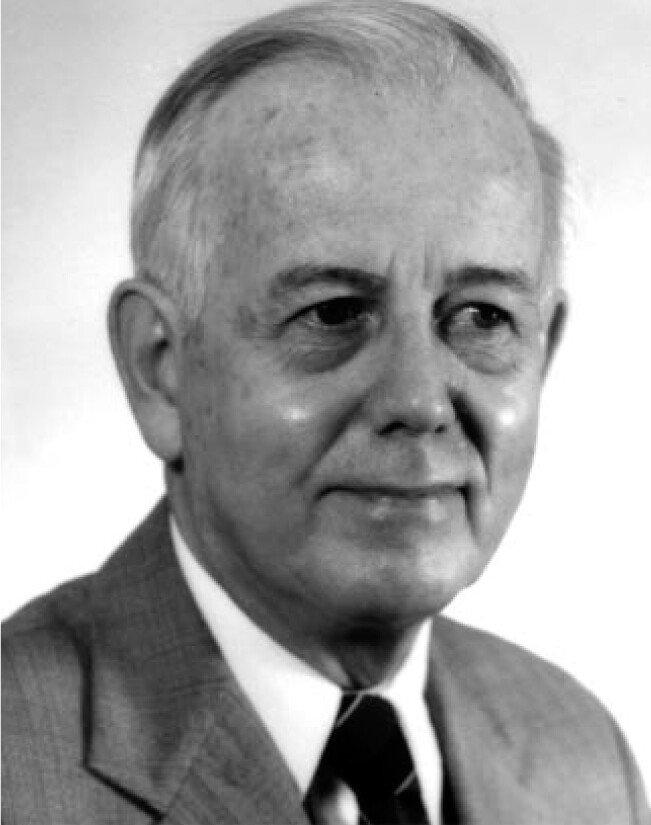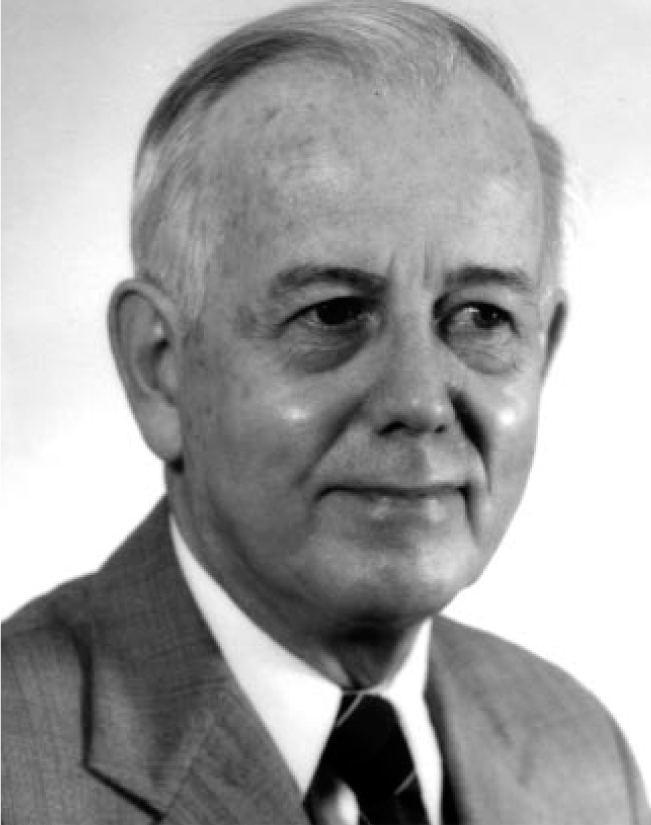Harold Walter Lewis
DOI: 10.1063/1.1397406
Harold Walter Lewis, a former vice provost and dean of arts and sciences at Duke University, died from cancer in Durham, North Carolina, on 17 October 2000.
Lewis was born in Keene, New Hampshire, on 7 May 1917. He obtained his bachelor’s degree in physics in 1938 from Middlebury College, received his master’s in physics at the University of Buffalo in 1940, and then continued graduate studies at Duke University. At the beginning of World War II, he joined the Naval Ordnance Laboratory and the Navy Bureau of Ordnance as an expert on magnetic fields and mine detection, dividing his time between Washington, DC, and Pearl Harbor, Hawaii.
Lewis returned to Duke in 1946. He obtained his PhD in physics in 1950; his thesis was on cosmic-ray bursts in ionization chambers. That same year, he also became assistant project leader for Duke’s nuclear physics program, directed by Henry Newson. He joined the Duke faculty in 1949 as an assistant professor.
In 1953, Lewis realized that nuclear accelerators and nuclear physics detection techniques could be used for the first accurate, absolute cross-section measurements of characteristic atomic x rays produced after inner-shell ionization of high-Z atoms by protons in the MeV range. This work advanced the growth of accelerator-related atomic physics and eventually gave rise to a much-used analytical tool: proton-induced x-ray emission, or PIXE. In a 1958 review entitled “X-Ray Production by Heavy Charged Particles” in the Encyclopedia of Physics (Springer, 1958), Lewis gave a comprehensive account of the results that he and his graduate students had obtained in a series of benchmark measurements. The atomic x-ray measurements proved to be valuable in the analysis of gamma-ray yields from the early nuclear Coulomb excitation experiments, to which Lewis contributed. Lewis also collaborated at Duke with Willy Haeberli (later of the University of Wisconsin); this collaboration led to publication of the experimental determination of the nuclear levels of phosphorus-29 in Physical Review in 1959.
In 1959, Lewis became a professor of physics at Duke. From 1960 to 1961, he served as a visiting professor at the American University of Beirut in Lebanon under a Smith–Mundt Fellowship. He was appointed in 1961 as associate director of the Nuclear Structure Laboratory at Duke; the lab later was renamed the Triangle Universities Nuclear Laboratory (TUNL).
After a very productive period of research in nuclear physics, Lewis was appointed vice provost and dean of arts and sciences in 1963, and was named dean of faculty in 1969. He returned to the physics department in 1981 as chairman and was named University Distinguished Service Professor. He was also a trustee of the Southeastern Universities Research Association and a councilor of the Oak Ridge Associated Universities.
After he retired from teaching and university administration in 1986, Lewis joined a team of TUNL physicists, led by Thomas Clegg and William Hooke, to construct a new high-intensity polarized ion source using atomic beams of hydrogen and deuterium. Lewis’s efforts centered on the design, fabrication, and testing of a system of electromagnetic sextupoles for this source. He worked closely and patiently with several students and young technical staff as their mentor who, by his example, assured that their measurements were carefully made and meticulously logged. Their sextupole designs are still used today at TUNL and were later adapted for an ion source at the Indiana University Cyclotron Facility.
Lewis was a quiet but exceedingly effective leader in his field of research who contributed significantly to physics even after a long term in university administration. As an experimental physicist, he was hardworking and resourceful. As an administrator, both at the university and the physics department levels, he was a respected and beloved person. He was deeply and genuinely concerned for people and respected for his fairness and honest approach to problems. His contributions to science and to Duke, his gracious personality, and his cooperative nature will long be remembered by those who knew him.


More about the Authors
Horst Meyer. Duke University, Durham, North Carolina, US.
Edward G. Bilpuch. Duke University, Durham, North Carolina, US.
Eugen Merzbacher. University of North Carolina at Chapel Hill, US.
